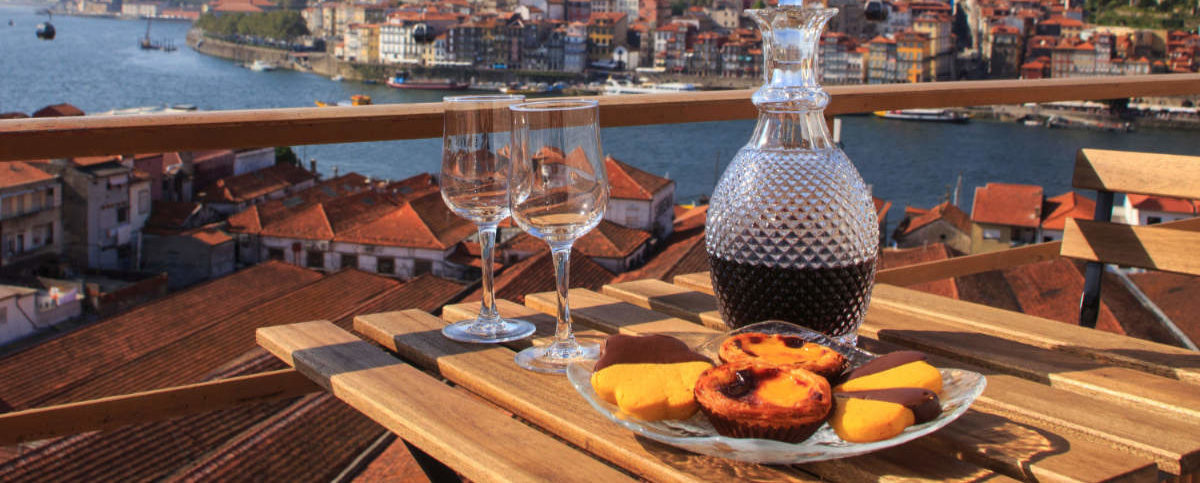Distinctive and flavoursome, port has always held a sweet spot in many hearts, especially at Christmas – but there’s far more to these immensely drinkable and enjoyable wines than first meets the eye.
One of the most famous port producers, Symington Family Estates, has declared 2017 a vintage year, making this their first-ever ‘back-to-back’ vintage (meaning two years in a row) since the family settled in Porto in 1882.
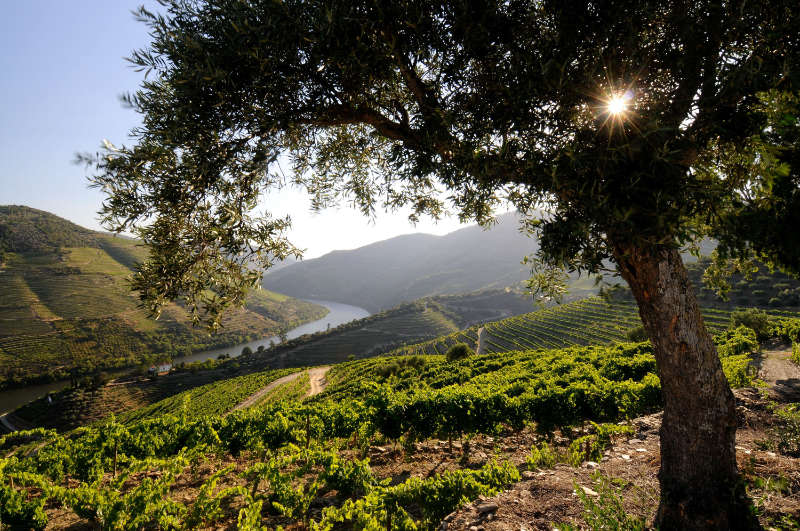
“To put this into context, there was no general back-to-back vintage declaration in the whole of the 20th century,” says Rob Symington, fifth-generation, Symington Family Estates.
So, what better time to brush up on your port knowledge with Christmas approaching? Here’s Rob’s beginner’s guide to vintage port and why these wines need to be on our radar…
What’s the difference between vintage port and non-vintage?
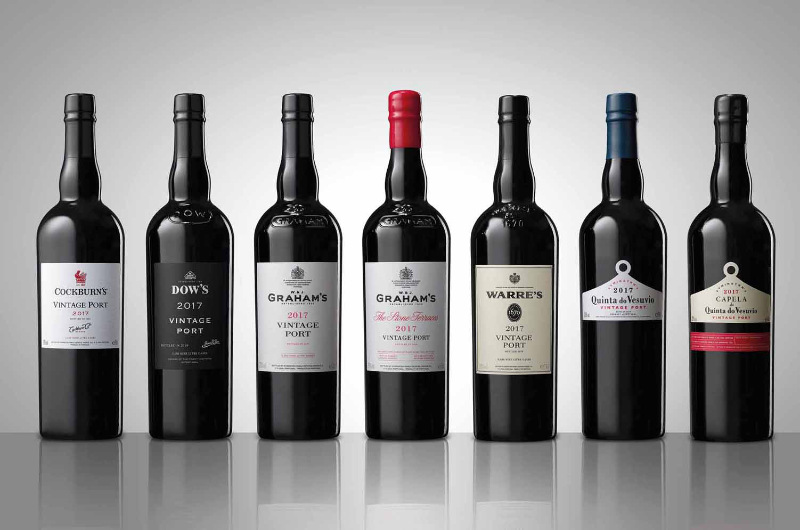
“Vintage ports are only declared in the very best years, using a tiny percentage of grapes from that year’s crop. They’re specifically chosen for their ageing ability and therefore best drunk many years after they’re made. Because of their quality, they command a higher price tag and are generally reserved for special occasions.”
What’s the best port for everyday drinking?
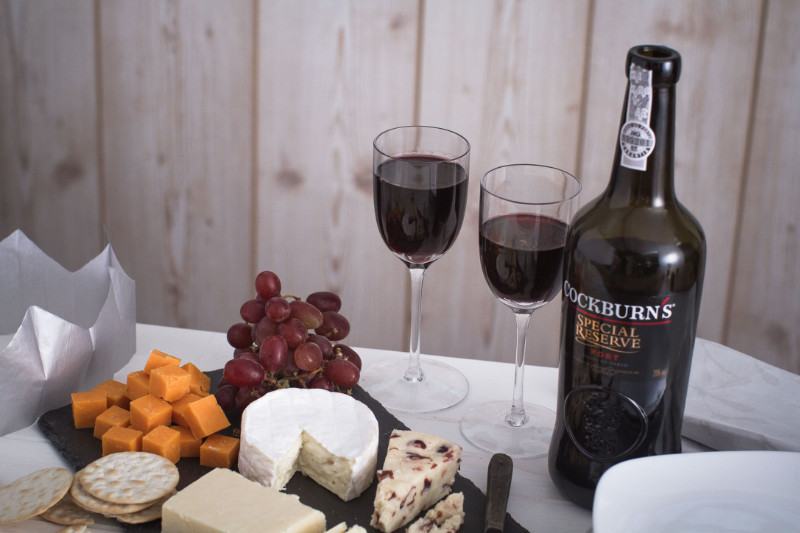
“There are lots of other different styles. Ruby port like Cockburn’s Special Reserve is perhaps the most widely known. It shares many of the characteristics as young vintage ports, as they’re bottled younger, tending to be full-bodied and rich on the palate.
“Tawny ports like Graham’s 10 Year Old Tawny are aged in small oak casks giving them their faded ‘tawny’ colour. They have complex nutty aromas and should always be served slightly chilled.”
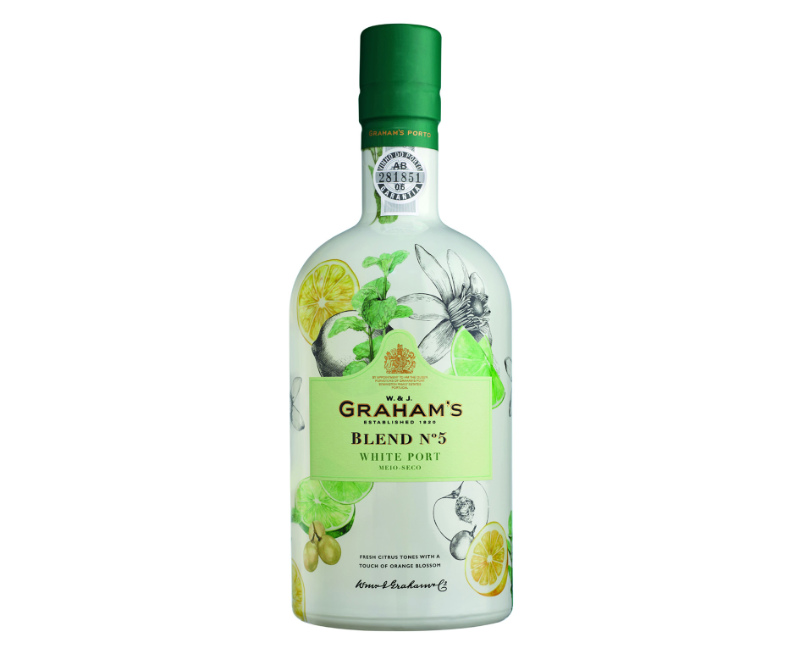
“Port can also be made from white grapes, like Graham’s Blend No 5, which has just launched. These make a great aperitif served by themselves or as a mixed drink with tonic, lemon and mint.”
What type of grapes are in port?
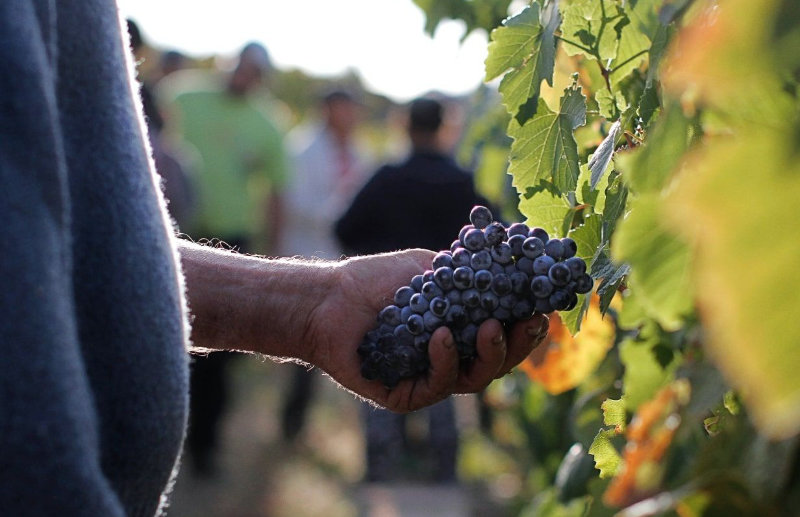
“We only use native Portuguese varieties, which have been growing in the Douro Valley for centuries – and perfectly suited to the harsh, dry growing conditions.
“The two main grapes are Touriga Nacional, which provides structure, complexity and great ageing potential, and Touriga Franca which offers elegant, floral aromas and deep colour.”
How long does it take to make port?
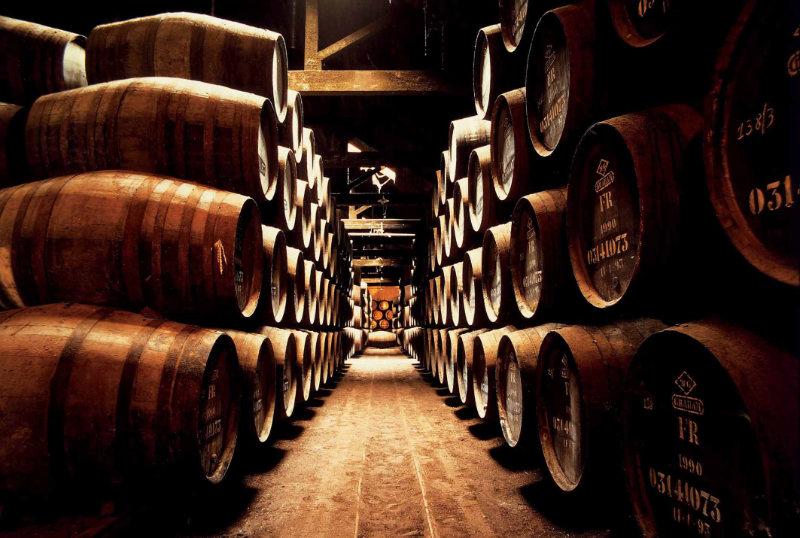
“It takes 18 months to make a top vintage port, along with years of skill and experience.
“The grapes are picked during harvest and fermented for about 48 hours before a grape spirit (completely colourless and tasteless) is added to stop fermentation. This is what makes port sweeter than red wine, as not all the sugar has converted to alcohol.”
“The wines are then stored in barrel for 18 months and constantly tasted to check their quality. Around 14-16 months after the harvest, our head winemaker decides which batches are good enough quality to be considered for vintage port. Those that make the cut are carefully blended to create outstanding vintage ports, which will age gracefully for decades.”
Perfect serving temperature for port
“Vintage ports are best served slightly below room temperature. If served too cool, the wine won’t release all its aromas and flavours. If served too warm, you may taste too much of the wine’s spirit.
“Vintage ports aren’t filtered before they’re bottled, so they should always be decanted. Many people are scared of the process, doing it wrong and somehow spoiling the wine – but vintage port is actually one of the easiest wines to decant.”
Should you only serve port with cheese?
“Different styles of port go with a wide variety of foods, so you can certainly mix things up. Vintage ports are often associated with cheese – blue cheeses in particular – but they also go wonderfully with dark chocolate. Older vintage ports are such complex wines, best enjoyed by themselves.
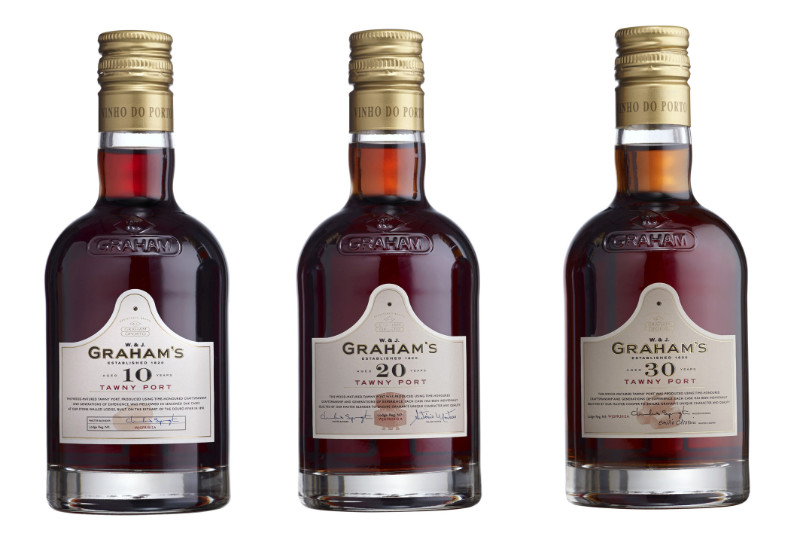
“Tawny port is perhaps the most versatile style of port, matching perfectly with chocolate, crème brulee and ice cream.”
How long will vintage port keep and does it improve with age?
“If stored correctly (in a cool place away from direct sunlight) vintage port will age indefinitely. Although very hard to find, wines from the 1920s are still fantastic today.
“Younger ports tend to have floral aromas and rich fruit flavours which, as they age, develop into mature dried fruits and caramel, almost mahogany style characteristics, while still elegant and graceful.
“The life cycle of vintage port, ageing in bottle for many years, is frequently likened to the life cycle of humans – generally an engaging childhood is followed by a possibly awkward adolescence and then years of maturity, when the wine becomes more complex, interesting and rewarding.”
For more information on the latest vintage, which was released on May 23, 2019, visit Symington Family Estates.























































